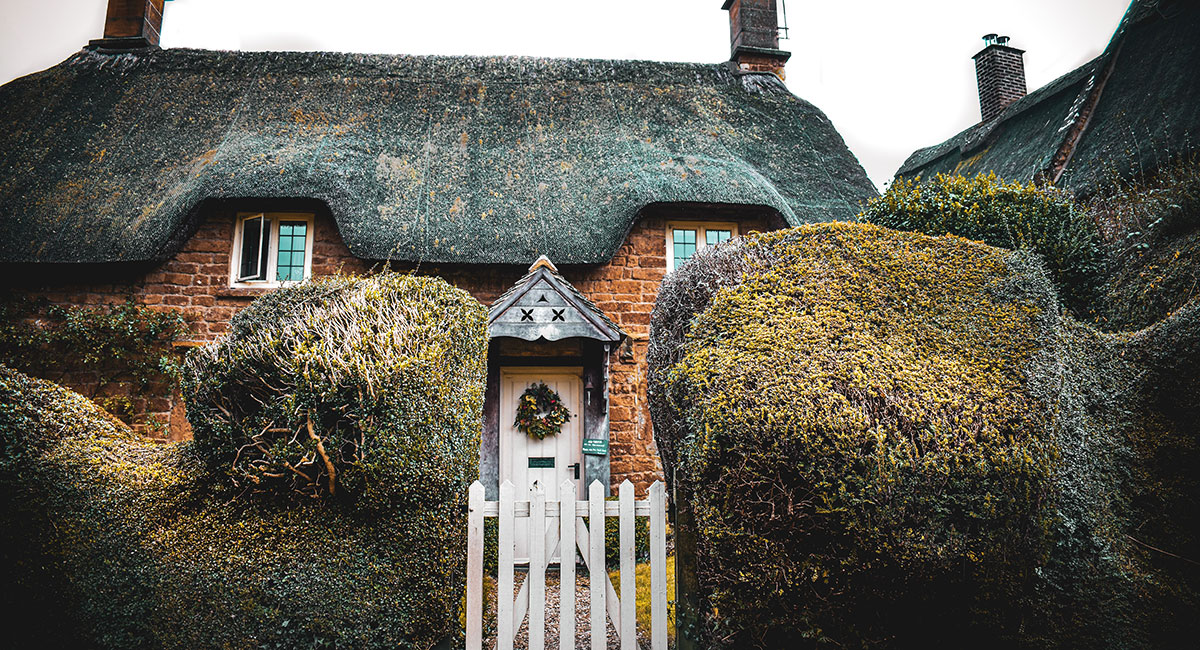Thatched Buildings

We urge owners of thatched properties to be mindful of their chimney construction and the need for regular cleaning and maintenance.
Research published on the Thatch Advice Centre website suggests that there is a strong link between thatch fires that started in the thatch and the use of wood burning stoves with lined chimneys below the recommended height.
This research also supports the view that the majority of fires associated with chimneys arise from ejected embers, often generated during lighting the fire, rather than defects in chimneys or heat conducted through the structure.
We recommend that you use the services of a qualified chimney sweep who may offer definitive guidance on the condition and suitability of the chimney arrangement and also on regular testing and maintenance.
For further advice please visit the Thatch Advice Centre website (opens in new window)
Safety Advice
A thatched roof is always at risk from fire. Once a fire has taken hold in a thatch it will spread rapidly.
The commonest causes of fire in a thatched building are electrical faults, lightning affecting the television aerial, stray sparks from the chimneys, discarded cigarettes and garden bonfires.
If you follow the simple steps below you can reduce your chances of having a fire in a thatched building:
- Television aerials should be fitted to a freestanding pole.
- Where this is not possible it may be fixed to a gable or gable end chimney where the cable can by run down the wall, avoiding contact with the thatch.
- Disconnect the TV aerial during electrical storms to prevent damage to the system. Lightning conductors should conform to British Standard BS6651 1999
- Make sure in the event of a power cut you can still make an emergency telephone call should you need to as some telephones will not work if the power has gone - make alternative back up arrangements, for example, a mobile phone.
- Protect your household by fitting and maintaining smoke alarms.